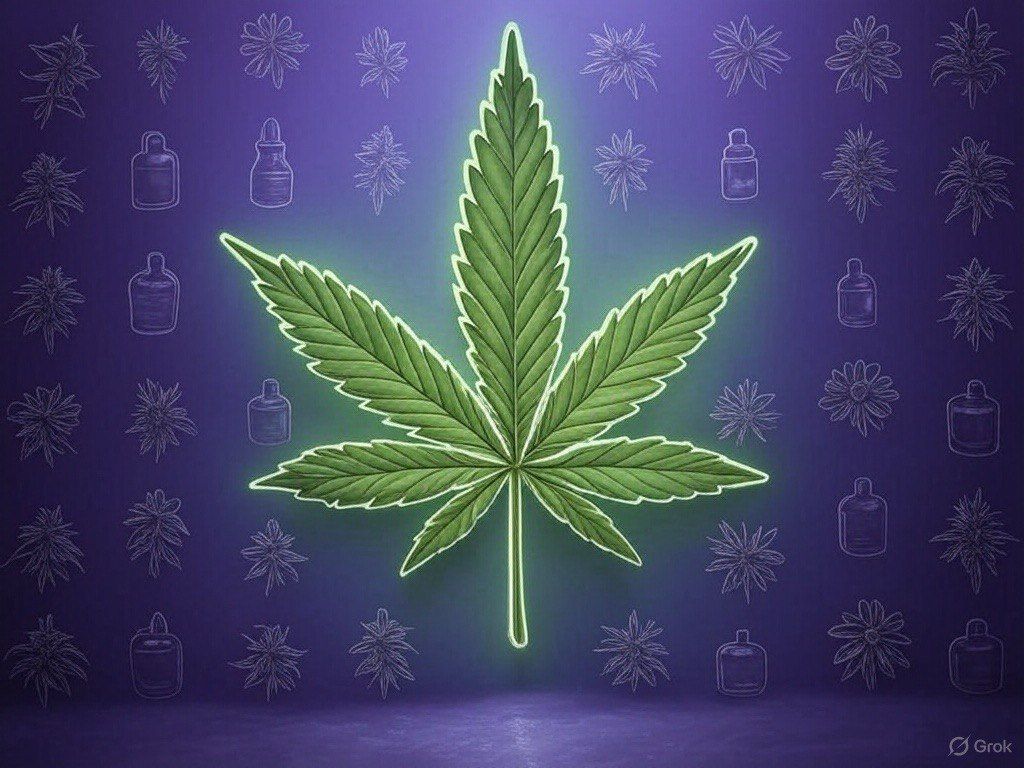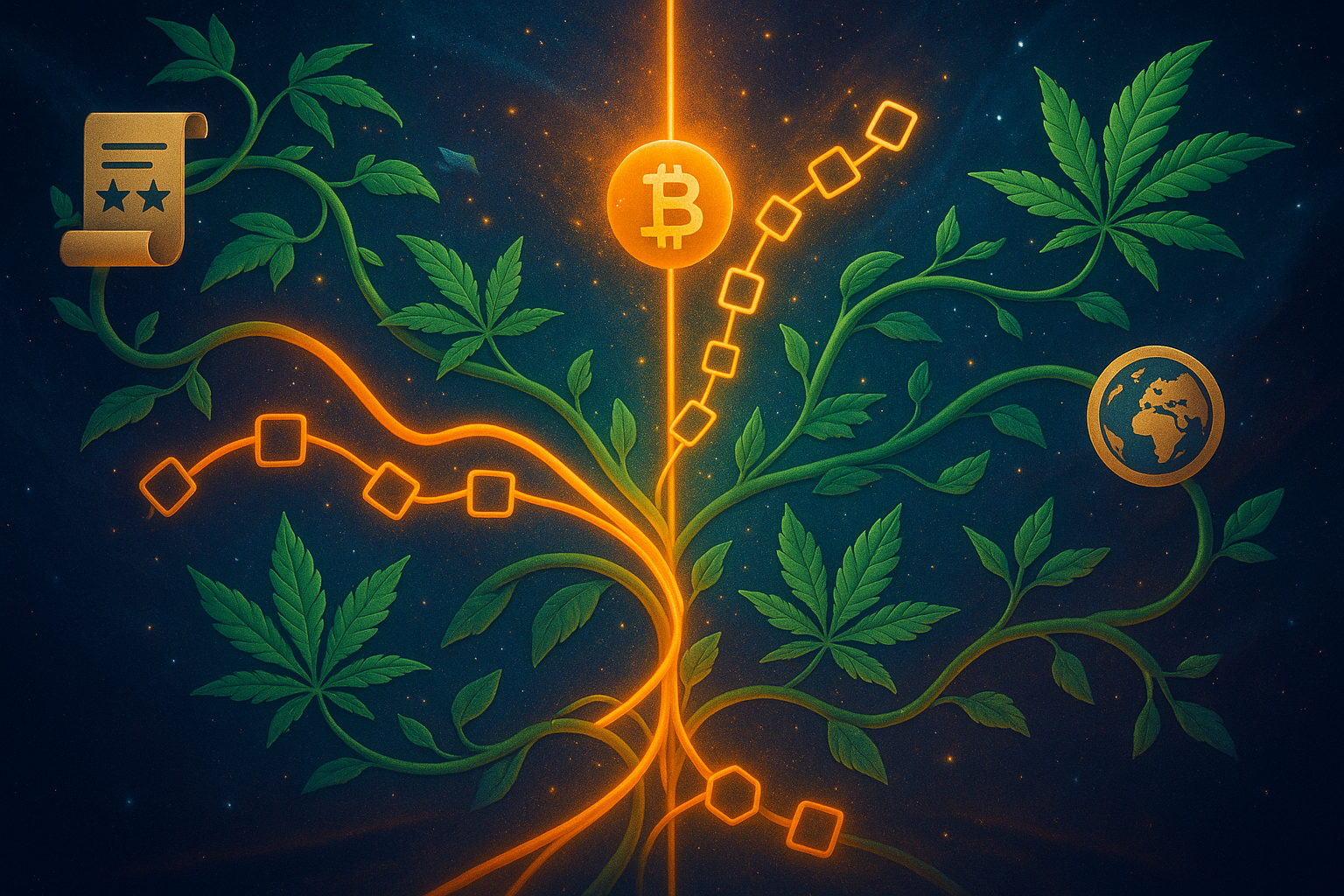What Exactly is Medical Marijuana? A Deep Dive into Its Meaning
Understanding the Basics of Medical Weed for Healing
Medical marijuana, often referred to as medical weed, is a term that sparks curiosity—but what does it truly mean? At Weedcoin, we’re passionate about cannabis culture and its potential to heal, which is why the MediWeed Hub is here to provide a thorough understanding. In this article, we’ll explore the definition of medical marijuana, its core components, how it’s used in healthcare, and what sets it apart from other cannabis uses. We’ll also touch on its role in modern medicine and how patients can benefit from it. Let’s dive into the essentials with irie vibes!

What is Medical Marijuana?
Medical marijuana refers to the use of the cannabis plant or its derivatives to treat medical conditions. Cannabis contains over 100 compounds called cannabinoids, with THC (tetrahydrocannabinol) and CBD (cannabidiol) being the most studied. THC is psychoactive, producing a “high,” while CBD is non-psychoactive and often used for its calming effects. Medical marijuana can address symptoms like chronic pain, nausea, seizures, and anxiety, offering a natural alternative to traditional medications. It’s available in forms like flower, edibles, tinctures, and topicals, tailored to patient needs.
History of Medical Marijuana
Cannabis has been used medicinally for thousands of years, dating back to ancient China around 2700 BCE, where it treated pain and inflammation. In the 19th century, Western medicine embraced cannabis, with physicians prescribing it for ailments like migraines and insomnia. However, the early 20th century saw prohibition, with the U.S. classifying cannabis as a Schedule I drug in 1970, halting medical research. The 1990s marked a turning point—California legalized medical marijuana in 1996, sparking a global movement. Today, over 50 countries permit its medical use, reflecting growing acceptance.
How Medical Marijuana Works
Cannabis interacts with the body’s endocannabinoid system (ECS), a network of receptors that regulates pain, mood, appetite, and sleep. THC binds to CB1 receptors in the brain, altering pain perception and mood, while CBD influences CB2 receptors, reducing inflammation and anxiety without a high. Terpenes, aromatic compounds in cannabis, also play a role—myrcene, for example, enhances relaxation, while limonene uplifts mood. This synergy, known as the entourage effect, makes whole-plant cannabis effective for complex conditions like epilepsy or chronic pain.
Forms of Medical Marijuana
Medical marijuana comes in diverse forms to suit patient preferences.
Flower, smoked or vaped, offers rapid relief for acute symptoms like pain. Edibles, such as gummies, provide long-lasting effects, ideal for chronic conditions, but take 30–60 minutes to work. Tinctures, taken under the tongue, deliver effects in 15–30 minutes with precise dosing. Topicals, like creams, target localized pain without psychoactive effects, while capsules offer consistent doses for sustained relief, making them suitable for conditions like insomnia.
Legal Status Overview
Medical marijuana’s legality varies globally. In the U.S., 38 states plus Washington, D.C., have legalized it, with programs for conditions like cancer and epilepsy. Canada permits medical cannabis federally, allowing patients to access licensed producers or grow their own. In Europe, countries like Germany and the UK allow it for specific conditions, though access can be costly. Australia legalized it in 2016, focusing on epilepsy, but bureaucracy limits access. Many Asian and Middle Eastern countries, like Singapore, still prohibit it, classifying cannabis as a Schedule I drug with no medical use.
Practical Tips
- Research your local laws to understand legal access options.
- Consult a doctor to determine if medical marijuana suits your condition.
- Start with non-psychoactive CBD products if you’re new to cannabis.
- Explore different forms like tinctures or topicals to find what works best.
- Join patient communities to learn from others’ experiences with medical marijuana.
Key Takeaways
- Medical marijuana uses cannabis to treat conditions like pain, seizures, and anxiety.
- It works via the endocannabinoid system, with THC and CBD offering distinct benefits.
- Cannabis has a long history, from ancient medicine to modern legalization in over 50 countries.
- Available forms include flower, edibles, tinctures, and topicals, each suited to specific needs.
- Legal status varies globally—check local regulations before pursuing medical cannabis.













